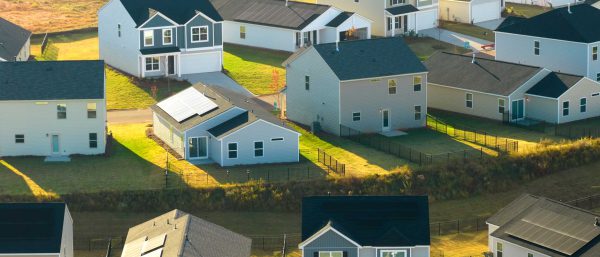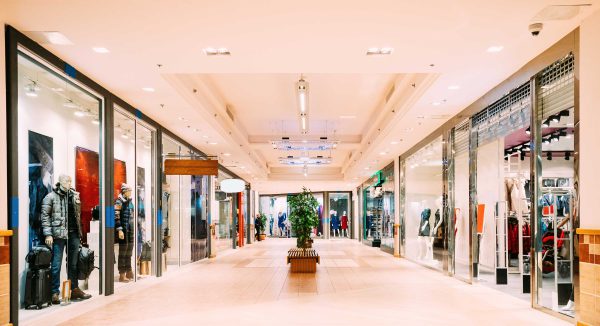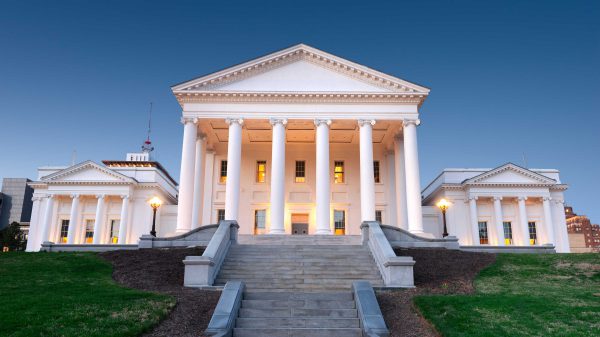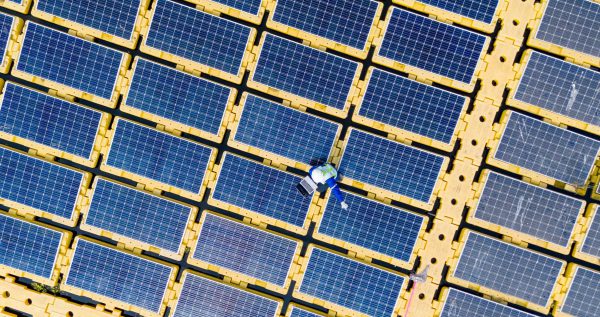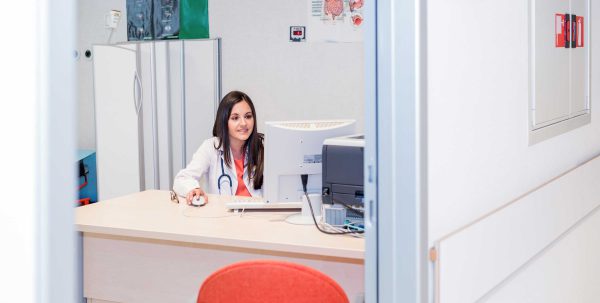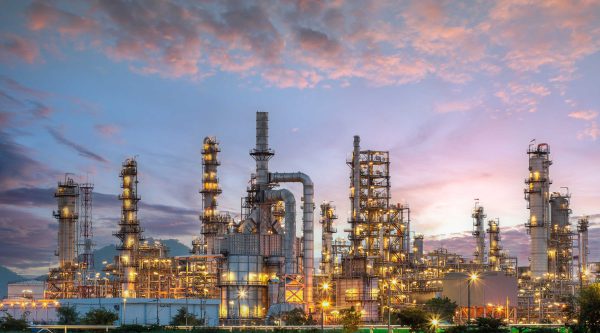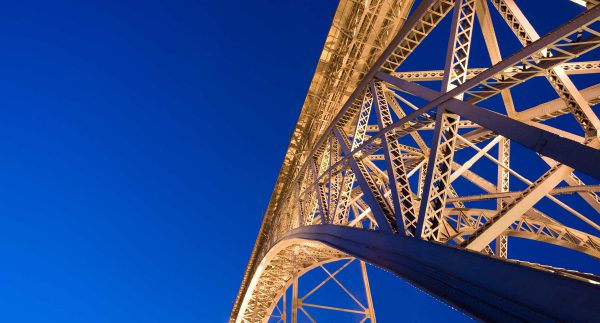Markets
Explore Our Markets
Tailored Solutions for Every Industry
With a successful track record across markets, our team understands that every project presents unique challenges and opportunities. From universities and governments to home builders and commercial developers, our clients rely on us to deliver innovative solutions tailored to their unique needs. Explore our market experience to learn how KBJW’s comprehensive services and market-informed approach can add value to your project.


